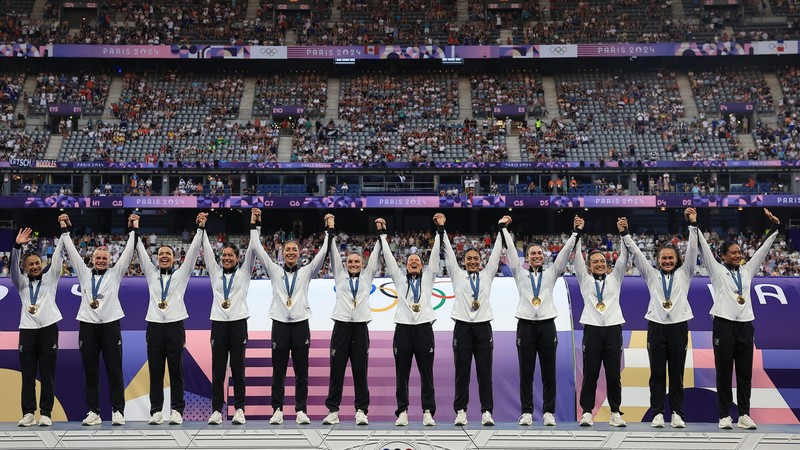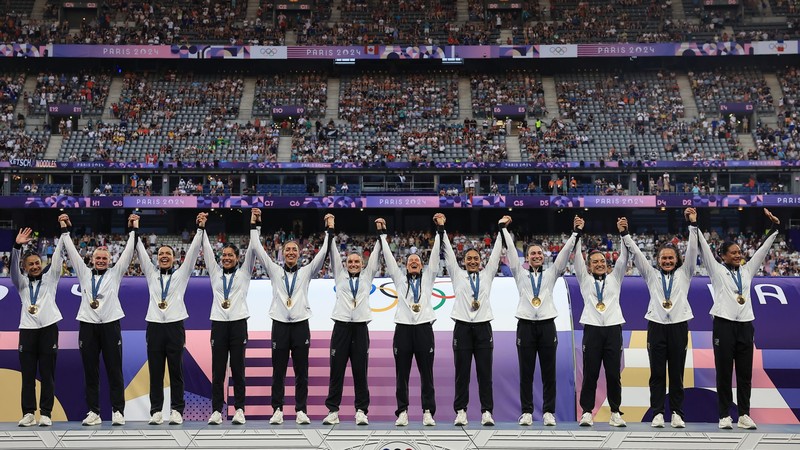International Rugby Players Association (IRPA) has welcomed the formal approval of new guidelines designed to protect the welfare of professional players.
The measures provide the most significant step towards safeguarding players from excessive match and training demands.
The guidelines – developed by players in partnership with World Rugby, unions, and competitions – are designed to recognise and respect existing guidelines that are already in place in a number of countries and competitions around the world. Where this isn’t the case, the guidelines provide a set of principles to manage player load.
World Rugby Guidelines:
Guaranteed Time Off – Every player will have at least five straight weeks away from rugby each year, free from team duties.
Match Limits – No player will take part in more than 30 matches a season, with a compulsory one-week break after six consecutive games.
Recovery Blocks – 1 week rest recommended for those playing 3 or more consecutive international matches and 2 weeks post-Rugby World Cup.
Smarter Scheduling – Clubs and unions must work together to manage player workload, especially after intense international windows.
Non-contact blocks – Competitions and unions are encouraged to utilise non-contact weeks to manage player load, particularly for players facing 12 month seasons
IRPA Chief Executive, Omar Hassanein, welcomed the announcement: “This is a landmark moment for rugby. These guidelines put player welfare and safety at the heart of the global game and ensure that athletes can perform at their best while protecting their long-term health.”
IRPA Chief of Rugby Operations, Conrad Smith said: “It’s been a long road to get to this point. These guidelines were debated intensely as we had to balance elite performance and player well-being with the commercial realities facing our sport. I believe they are a massive step-forward for rugby and they will benefit not only the athletes but also the future of the sport.”
“Our efforts in the past have focused on player behaviour, with harsher sanctions for foul play and lowering the tackle height. While we support these efforts we equally acknowledge that these have had little material difference on numbers of concussion and Head Acceleration Events (HAEs). The most material impact we can have on player injury rates is through management of player load, specifically through managing match numbers and contact training.
“These guidelines won’t immediately solve this problem but they mark a significant step forward towards governing bodies taking greater responsibility for the management of player load.”
The Player Load Project Group will continue to monitor the impact of the measures and adapt them as required, to ensure they meet the evolving demands of the game.
Check out the guidelines in full by clicking here.






